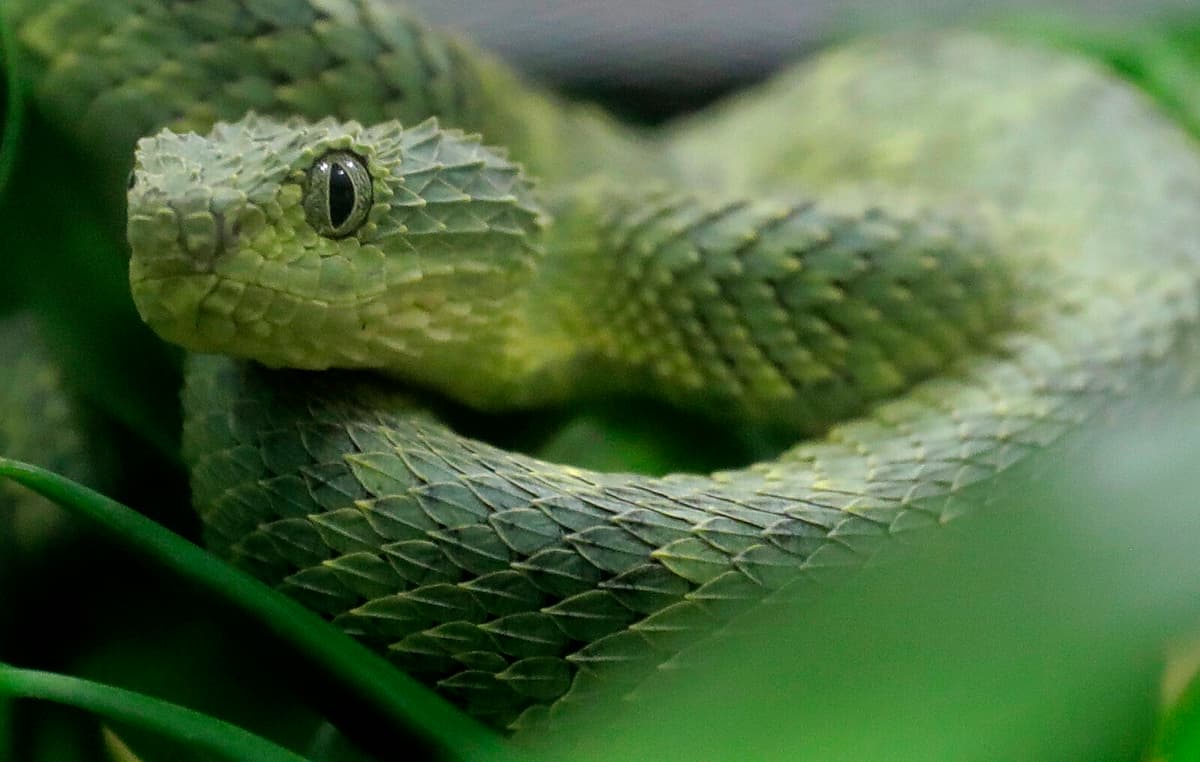A rainy night three years ago, a poisonous snake sneaked into a simple home in the village of Pakri Dumri in Indian Bihar. Babita Devi's husband Tunnu Manjhi was bitten.
Despite our efforts, we lost him on the way to the hospital, says Devi to India Today, which in the article describes an "epidemic" of snakebites in the northern Indian state.
Without her husband by her side, Devi and her children have sunk deeper into poverty. But their fate is just one of many. Every year, up to 2.7 million people are bitten by poisonous snakes and around 138,000 die, according to the World Health Organization (WHO).
Every fourth to sixth minute, a person dies from a snakebite, says David Williams, an expert on snakebites at WHO, according to the news agency AFP.
Around 240,000 people, according to the expert, suffer from permanent disabilities due to the venom, which can cause paralysis, bleeding disorders, and tissue damage.
Lack of treatment
Most victims live in tropical parts of the world, often where poverty is widespread. Children are harder hit due to their body size. A major problem is that in some regions, there is no access to effective and safe treatments, according to Williams.
Many companies have stopped producing life-saving snake serum due to lack of profitability, which, according to WHO, has led to a severe shortage in Africa and some Asian countries.
Extreme weather events such as heatwaves, droughts, floods, and storms are expected to become more common with climate change. Negative changes in the snakes' habitats increase the risk of them moving – and getting closer to populated areas or new places where there may be no experience of handling potential bites.
Snakebites are increasing
"Climate change will exacerbate the problem by affecting where, when, and how snakes share space with humans," WHO wrote in a statement earlier this year.
David Williams specifically points out how floods often lead to more snakebites.
The severe floods in Nigeria, for example, have led to a "critical shortage" of antivenom since the number of snakebites has increased. An increase in bites has also been observed in, among other places, Pakistan, Myanmar, Bangladesh, and South Sudan in connection with major floods.
This is a problem that arises in many areas of the world where this type of disaster occurs regularly, says Williams.
Snakebites are rare in our part of the world. Bites and deaths are more common in tropical and subtropical areas, where people largely lack protective footwear and access to remedies, such as snake venom serum, is limited.
Source: National Encyclopedia





